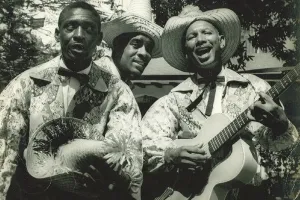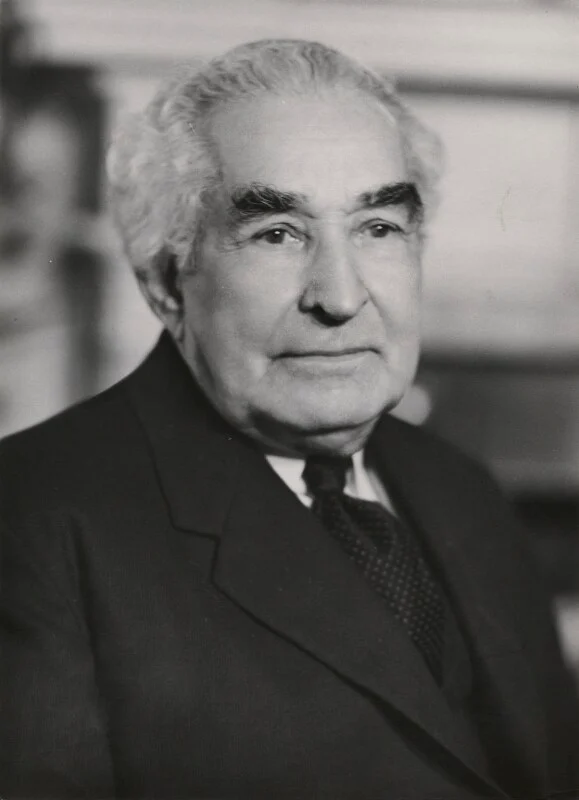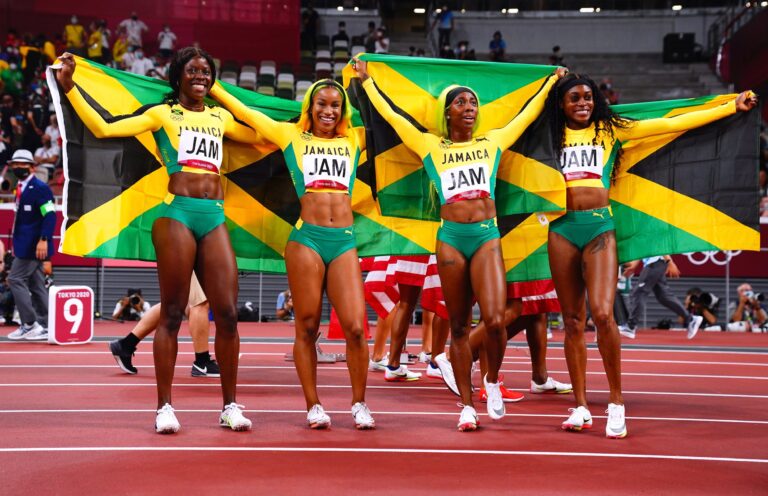Mento is Jamaica’s first popular music genre, originating in the 19th century. It’s deeply rooted in African and European traditions, blending West African rhythms with European musical structures. Mento songs are often humorous, filled with social commentary, and tell stories about daily life, love, and politics.
Musical Characteristics of Mento:
- Instrumentation: Traditional mento bands use instruments such as the banjo, acoustic guitar, maracas, hand drums, and the rumba box (a large thumb piano that provides a deep bass sound).
- Rhythm & Style: Mento has a light, upbeat feel, with an emphasis on offbeat strumming, similar to ska and reggae but more acoustic in nature.
- Lyrics: Often playful, witty, and filled with double entendres, mento lyrics discuss everyday life, hardships, and relationships, sometimes with a risqué sense of humor.
Famous Mento Artists & Songs:
- Lord Flea – One of the most famous mento performers of the 1950s, Lord Flea helped introduce mento to international audiences. His song “Shake Shake Sonora” (later popularized as Jump in the Line by Harry Belafonte) is a mento classic.
- The Jolly Boys – This group, formed in the 1940s, is one of the longest-running mento bands. They gained a resurgence in popularity in the 2010s with their modernized mento covers of pop songs like Amy Winehouse’s “Rehab.”
- Count Lasher – Known for his witty and often humorous lyrics, Count Lasher recorded popular mento songs such as “Pay As You Earn” and “Matey and Patty.”
- Louise Bennett (Miss Lou) – While she was more famous as a poet and folklorist, Miss Lou played a crucial role in preserving mento music and Jamaican dialect through her performances and recordings.
- Harry Belafonte – Though not Jamaican, Belafonte popularized mento worldwide, especially with songs like “Banana Boat Song (Day-O),” which was inspired by traditional Jamaican work songs.
Mento’s Influence:
Mento set the foundation for later Jamaican genres like ska, rocksteady, and reggae. Many early ska musicians, including The Skatalites, drew inspiration from mento’s rhythm and instrumentation. While it faded in popularity after the 1960s, mento has experienced a revival in recent years, thanks to bands like The Jolly Boys bringing it to new audiences.











